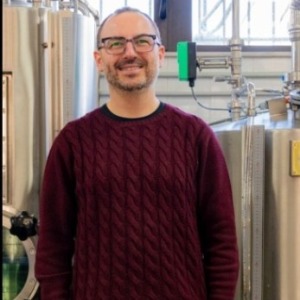8th Edition of Euro Global Conference on
Food Sensor Technologies
Food sensor technologies are innovative tools and devices used to detect, analyze, and monitor various characteristics of food products, such as composition, quality, freshness, safety, and authenticity. These technologies leverage principles of chemistry, biology, physics, and engineering to provide rapid, accurate, and sensitive measurements of food properties. Food sensor technologies can be classified into different categories based on their detection methods, including optical, electrochemical, biological, and spectroscopic sensors. Optical sensors utilize light to detect changes in color, fluorescence, or absorbance of food components, allowing for the assessment of freshness, ripeness, and quality. Electrochemical sensors measure electrical signals produced by chemical reactions between food components and electrodes, enabling the detection of contaminants, toxins, and pathogens in food samples. Biological sensors, such as biosensors and immunoassays, utilize biological recognition elements, such as enzymes, antibodies, or DNA probes, to detect specific molecules or microorganisms in food, providing rapid and selective analysis. Spectroscopic sensors, including infrared, near-infrared, and Raman spectroscopy, analyze the interaction of light with food molecules to identify and quantify various components, such as nutrients, additives, and contaminants. Food sensor technologies offer numerous benefits, including real-time monitoring, high sensitivity, portability, and non-destructive analysis, making them valuable tools for food safety, quality control, and traceability. These technologies can be applied across the entire food supply chain, from farm to fork, to ensure the safety and integrity of food products. They are used in various applications, including on-site testing, quality assurance, process monitoring, and regulatory compliance. Examples of food sensor technologies include handheld devices for detecting allergens in food, portable spectrometers for analyzing food composition, and biosensors for detecting pathogens in food samples. Advances in nanotechnology, microfluidics, and miniaturization have led to the development of miniaturized and cost-effective sensor platforms that can be integrated into existing food processing equipment or used as standalone devices.

Said Bouhallab
INRAE, France
Giovanni De Francesco
University of Perugia, Italy
Ombretta Marconi
University of Perugia, Italy
Alex Martynenko
Dalhousie University, Canada
Ana Isabel Najera
University of the Basque Country EHU, Spain
Marcin A Kurek
Warsaw University of Life Sciences, Poland


